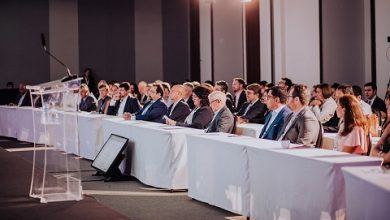Video shows the infrastructure that is turning Brazil into the Cup of ‘Selfies’

Over 10 million photos have already been sent during the football matches by the telephone and WiFi networks of the providers
Brasília, 26 – The telephone service providers have launched a video to show the robust telecommunications infrastructure that has been installed at the 12 stadiums which is turning this World Cup, hosted in Brazil, into what can be considered the Cup of ‘Selfies’. More than 10 million photographs have already been sent during the matches, using the mobile telephone networks and also the WiFi networks of the providers.
The video “Brazilian Telecommunications in the World Cup”, that can be accessed through the link http://youtu.be/pC3v30PiXGI – shows that, in all, in the arenas there was the installation of 4,738 antennas and also 164 kilometres of optical fibres, thereby allowing the football fans to make calls, access the Internet and also send multimedia messages, including text, photographs and also videos. The indoor cover uses cutting-edge technology, the same used during the Olympic Games in London, and has allowed an intense traffic of calls and data during the matches. In the match between Brazil and Cameroon at the Mané Garrincha National Stadium, in Brasília, for example, a total of 181 thousand phone calls were made and there were 1.6 million of data conections.
For the installation of infrastructure for mobile telephony and broadband, the providers have entered into a partnership for the implementation of one single project, with investments totalling R$ 226 million. In this project, the equipment from the different companies are installed in a room, from where comes a network of optical fibres that take the signal over to a series of small antennas which are distributed throughout each stadium, to ensure cover in the stands, VIP boxes, changing rooms, corridors, access squares and internal car parking areas.
Legacy – Apart from indoor cover which shall remain installed in the stadiums even after the World Cup, the telephony companies have also invested R$ 1.3 billion in the cities that are to host the World Cup, bringing an average expansion of 28% for the infrastructure that shall remain as a legacy for the population. In the 12 World Cup cities, between 2013 and 2014, a total of over 15 thousand 3G and 4G new antennas were installed. The clients of the providers also have some 120 thousand WiFi points in the 12 cities. This infrastructure for mobile telephony has been reinforced by over 10 thousand kilometres of optical fibres.









